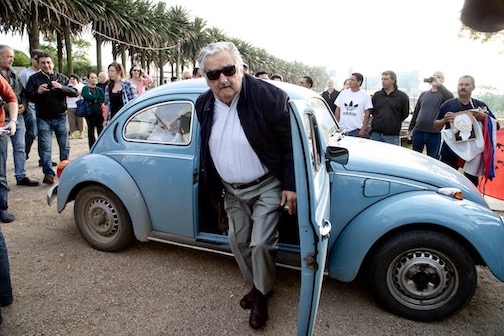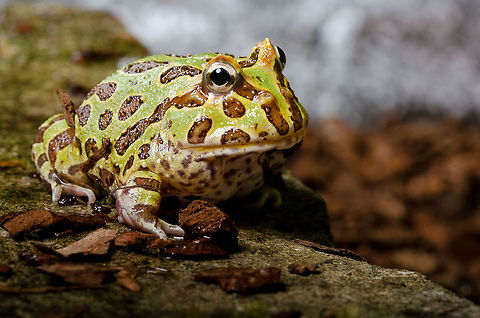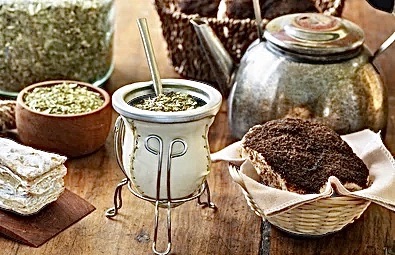“Without commands, there was no order. Without order there was no strength, without strength you did not win. That’s what they had been told and what he’d taught the new recruits, for better or for worse… And look at you now, he thought bitterly to himself. Some revolutionary, taking commands from a frog.”
 Focusing on the life of a man who remains unnamed throughout the book, author Carolina De Robertis describes the tormented inner world of a member of Uruguay’s Marxist Tupamaros, during his fourteen year imprisonment in a hole deep underground during the 1970s and 1980s. This is a man who has been wounded six times during various escape attempts from confinement, who fears for his own mental health during his torture and imprisonment, but who is ultimately elected Uruguay’s President from 2010 – 2015. Author Carolina de Robertis’s intense and involving story, based loosely on the traumatic life and career of the real President, José Mujica, during that period, focuses on this man’s involvement in the political changes in the early twenty-first century. Though it is filled with the horrors of revolutionary warfare and its personal effects on the participants, the resulting fictionalized biography, The President and the Frog, is often very funny, filled with ironies. As the book opens in 2017, the former President, now eighty-two, is waiting for a visit from two foreign reporters, sitting at the table in his ramshackle farmhouse, which he has always preferred to the Presidential Palace. Known as “The Poorest President in the World,” he has always donated more than half his salary to charity, has led a simple life, and has been available to reporters from around the world, though there are some aspects of his fraught life which he has never shared with anyone.
Focusing on the life of a man who remains unnamed throughout the book, author Carolina De Robertis describes the tormented inner world of a member of Uruguay’s Marxist Tupamaros, during his fourteen year imprisonment in a hole deep underground during the 1970s and 1980s. This is a man who has been wounded six times during various escape attempts from confinement, who fears for his own mental health during his torture and imprisonment, but who is ultimately elected Uruguay’s President from 2010 – 2015. Author Carolina de Robertis’s intense and involving story, based loosely on the traumatic life and career of the real President, José Mujica, during that period, focuses on this man’s involvement in the political changes in the early twenty-first century. Though it is filled with the horrors of revolutionary warfare and its personal effects on the participants, the resulting fictionalized biography, The President and the Frog, is often very funny, filled with ironies. As the book opens in 2017, the former President, now eighty-two, is waiting for a visit from two foreign reporters, sitting at the table in his ramshackle farmhouse, which he has always preferred to the Presidential Palace. Known as “The Poorest President in the World,” he has always donated more than half his salary to charity, has led a simple life, and has been available to reporters from around the world, though there are some aspects of his fraught life which he has never shared with anyone.
Intensely realized and filled with the imagined thoughts of the former President, this personal story brings to life the effects of isolation, torture, and pure loneliness as they affect a sensitive man devoted to changing the world for the better, at whatever cost it imposes on himself. In the first flashback to his imprisonment (1971 – 1985), the prisoner has already been confined to a deep hole underground for four years, with no light, no sanitation, and no company. Whatever food he gets is lowered by rope into the pit. He is seriously depressed because the country he has fought to make a better place has collapsed and turned to rubble. For weeks he has been talking to the ants and spiders which live underground, his only companions, though they never answer – “until the day in question, when a voice cuts through the grime.” “Good day,” the voice says. A frog has heard him thinking and has responded to him. The prisoner, fearful that he himself may have lost the power to distinguish between thought and speech, suddenly panics, refuses to answer, and dismisses the frog. The frog puts up with no nonsense. “You’re an asshole,” he declares.
Two days later the frog returns, and the novel begins to alternate between thoughts and beliefs of the prisoner and commentary by the frog. “It wasn’t like receiving directives from higher ranks,” the prisoner says, “but it did feel like listening to the dirt when planting flowers, letting it tell you how much water, where to sink roots. A justice story.”
In contrast to the frog with his relatively simple, imagined scenarios, the novel also fast forwards to the arrival of two reporters from “Norway or Germany,” five years after the former prisoner/President has completed his Presidency. In addition to broadening the focus of the philosophical ideas introduced by the frog, the time change gives the author the opportunity to raise even more thoughtful questions regarding real governing and the role of freedom, if any. Affirmative action decisions, also considered, are regarded as “single stops along the road, which will take generations to settle within the country.” The former President then comments on having legalized marijuana, gay marriage, first semester abortions, and equality for all citizens regardless of color. Slipping back and forth between conversations with the frog, while the future president is a prisoner, and updates on governing taking place years after the former prisoner’s rule as President, provide the author with unlimited opportunities to explore the art of governing on many levels, even including his previous offer to “help clean up another country’s mess…the one that had backed the coup in his own nation and trained the very torturers who’d tortured him.” He offers to take in the prisoners who had been imprisoned by that country in Guantanamo.
As all these issues are raised, the reader will notice how the psychological state of the prisoner in the hole becomes noticeably more tenuous, but at the same time the reader will also be able to rejoice in the life of the former President, years later, when he has served as leader of the country and seized the opportunity to make changes in the existing government. In this the frog has played a key role, as it is the frog acting on the prisoner in the hole who makes him want to live a little longer when his life has been at its darkest point. At one point, the prisoner believes that antennae have been implanted in his brain, and he constantly counts backward from ten thousand to scramble their frequencies. He believes that there are frog surveillance teams, and it is only the frog’s insistence that the prisoner change the subject and talk about a woman that the prisoner stays on track to “see his own story, The One Thing” among his “deeper memories.”
A unique offering among recent books in translation, The President and the Frog treads that fine line between serious philosophy and exaggeration for the sake of satire. For me it felt, in parts, like one of Plato’s serious Dialogues, lightened by the kind of satire by which Aristophanes kept his audience laughing. Yes, it does test the reader, on occasion, by feeling a bit too much like a lesson being taught, though this is the frog’s job, and sometimes it becomes absorbed by its own heavy moralizing. Still, it is a novel with real themes, a sense of direction, and a grounding in real life which former President José Mujica may have experienced when he was, first, a prisoner, and eventually, a President. Its originality in presentation keeps it full of surprises and new approaches to old ideas. And certainly, having a talking frog in your life can’t be all bad.
Photos. The photo of José Musica, former President of Uruguay (2010-2015), appears on https://www.nytimes.com Photo by Natasha Pisarenko AP.
The Green Argentine Frog, common to Uruguay and Argentina, was the frog in this story. Photo by Harry Lyndon-Skeggs. https://www.jungledragon.com
Yerba Mate, a popular herbal tea, is served frequently here. https://www.shutterstock.com
Author Carolina De Robertis is found on https://www.facebook.com/carolinaderobertis




